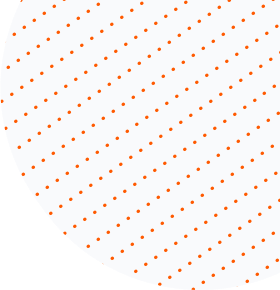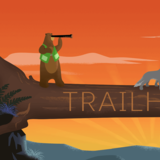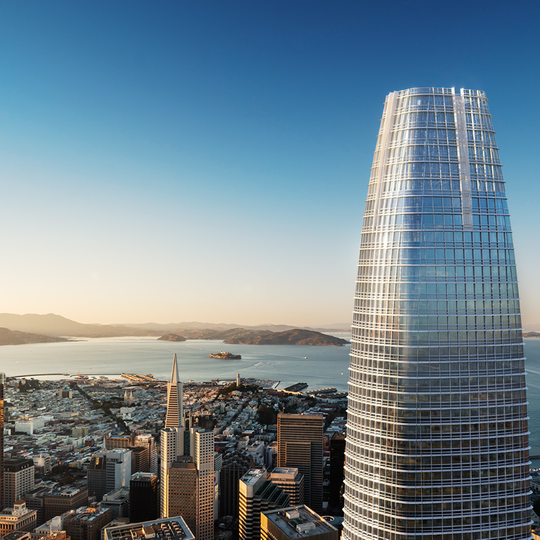
The History of Salesforce Company: 1999 to 2021
The History of Salesforce Company: 1999 to 2021
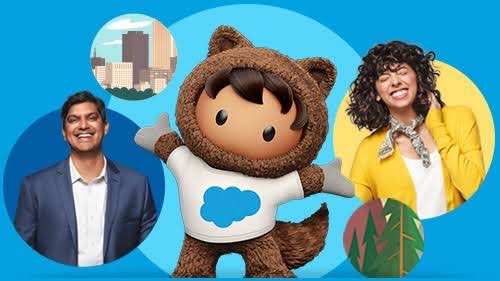
Image Source: Salesforce
Last March 2021, Salesforce has celebrated their 22 years of helping out different industries with their digital transformations.
When Salesforce was launched in 1999, the majority of companies were suspicious of third parties who would hold valuable customer data. As a result, Salesforce not only had to sell the idea of using a browser as a CRM interface but also convince buyers that customer data would be safe from loss or intrusion.
Keep in mind that Salesforce existed well before the advent of Gmail, Facebook, Twitter, iTunes, iPhone, and many other cloud computing companies and their technologies.
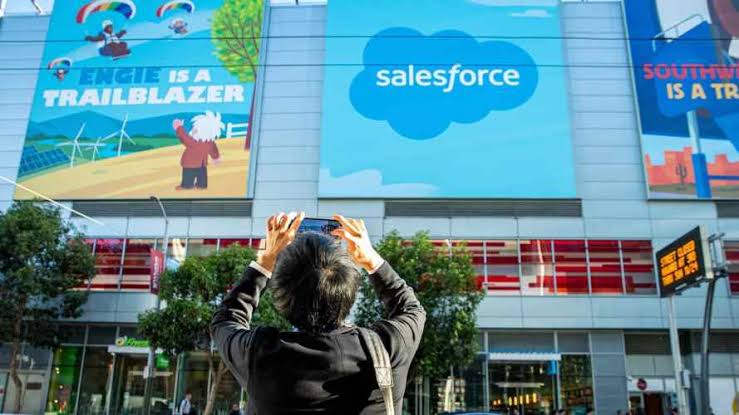 Image Source: Salesforce
Image Source: Salesforce
Fast forward to today, Salesforce is now hailed as the number 1 CRM in the world and achieving it’s original goal to become “a world-class internet company for sales force automation”.
1999: Small beginnings

Salesforce started in a small apartment in Telegraph Hill in San Francisco!
Marc Benioff has decided to leave a lucrative sales career at Oracle to pursue a dream.
If Marc Benioff had an idea of what Salesforce could be, it was three other founders of the company: Parker Harris, Dave Moellenhoff and Frank Dominguez who helped him to realize this vision. Dave and Franck have been partners with Parker Harris in his former company.
The funds were first collected from Larry Ellison (former boss of Benioff) at Oracle, Bobby Yazdani, the first Dropbox, and Halsey Minor, founder of CNET.
The Salesforce Foundation was created in December 1999. The 1-1-1 model of integrated philanthropy (1% of the product, 1% of the time, and 1% of resources) continues to run under Salesforce.org.
The same year, Jeff Bezos was named Personality of the Year by Time Magazine.
2000-2002: No Software

Salesforce has launched an aggressive marketing strategy around its CRM. Marc Benioff, for example, organized a false demonstration at a major event of their competitor of the time Siebel (Acquired by Oracle in 2005). Siebel called the police, which gave Salesforce a huge media buzz.
That same year, Salesforce launched the “No Software” concept. For companies, software at the time was synonymous with complexity and cost. With its counter-culture philosophy, and with their first marketing slogan “No Software” Salesforce has managed to differentiate itself. The logo still presents today is born.
2003: First Dreamforce Event

Salesforce’s first annual Dreamforce convention brought together just over 1,000 people and was held at the Westin Hotel in San Francisco.
In the following years, Dreamforce will become a major event in San Francisco, including the closure of Howard Street (between Moscone North and South centers) for several days.
The conference has become so vast and extensive that dozens of partners have started publishing Dreamforce Survival Guides.
Every year, many share the highlights of Dreamforce, the opportunity to re-discover the ads of the publisher.
2004: Initial public offering
After five years of steady growth to reach 8,700 customers, Salesforce launched its IPO and raised $ 110 million.
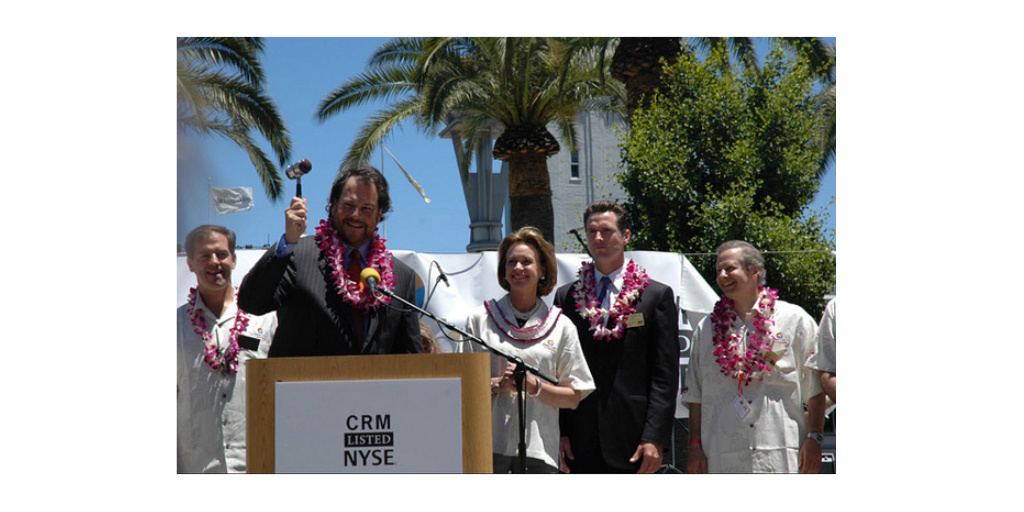
2005: AppExchange Launch
Salesforce AppExchange, a platform launched in 2005. This is an e-commerce site for third-party applications that connect to Salesforce or run natively on the Salesforce platform.
Entire companies have formed around the AppExchange, Conga is a good example.
AppExchange has become a source of revenue for Salesforce, with Salesforce benefiting from a margin on partner subscription revenue (between 15% and 25% depending on the type of partnerships).
2006: The APEX programming language

Salesforce launches “Apex”, a programming language that allows third-party developers to write and execute code on Salesforce’s multi-tenant architecture. Salesforce also created Visualforce, which enables organizations to create user interfaces of their choice with components: buttons, links, forms, lists..etc
2008: Force.com Launch

Salesforce launches Force.com as a platform for developers to build and run applications without worrying about infrastructure. It was the first type platform (PaaS).
Force.com offers Salesforce customers the ability to create their own custom apps. Applications built on the platform benefit from the power of the Salesforce architecture in terms of security and availability.
2009: $1 billion in annual sales
The company closed its fiscal year with more than 55,000 customers.
Chatter was announced at Dreamforce ‘09. The Chatter feature continues to be updated with each seasonal version.
2011: 100 000 clients
In July 2011, Salesforce reached 100,000 customers. Forbes has named Salesforce “the most innovative company in the world”.
2013: Acquisition of “ExactTarget” and birth of Marketing Cloud

In the second largest acquisition of the company, Salesforce acquired the highly valued ExactTarget messaging service provider for $ 2.5 billion.
The ancillary acquisition was Pardot, which ExactTarget had previously acquired.
ExactTarget later became Marketing Cloud, one of Salesforce’s key offerings. Marketing Cloud remains one of the main pillars of Salesforce.
Pardot, now Salesforce Pardot, has become Salesforce’s B2C marketing solution that automates marketing, like HubSpot and Marketo.
At the same year, Salesforce1 was launched. Design and experience on Salesforce1 will later serve as the foundation for Lightning Experience.
2014: New Industries Business Unit
In April 2014, Salesforce announced its new industrial strategy. This was the first time that the company has been successful on a large scale in vertical markets. Six global industries were included: finance/insurance, health/life sciences, retail/consumer products, communications/media and automotive.
The press release stated the following: “Salesforce.com enables payers, vendors, and life science companies to connect with patients and providers, wherever they are, to enhance the experience, the patient’s results and cost. “
2015: Lightning & Trailhead announced

At Dreamforce ‘15, Salesforce Lightning Experience was officially announced.
Trailhead was announced in 2015 as “a new way to learn at Salesforce”.
2016: Thirteen Acquisitions - Commerce Cloud and Health Cloud
2016 was the richest year in Salesforce history. The acquisitions included CPQ’s native SteelQrick tool. It also included the largest purchase price to date: $ 2.86 billion for Demandware, now known as Commerce Cloud.
2016 was also Salesforce’s announcement of Health Cloud. The press release stated: “Salesforce relies on a complete ecosystem of partners, Salesforce partners and ISVs to extend and implement Health Cloud.”
2017: Rapid growth continues
- Forbes named Salesforce the most innovative group in the world in 2017
- At the end of 2017, Salesforce accounted for $ 8.3 billion.
- Forbes once again named Salesforce as the most innovative group in the world.

2018: Salesforce Tour & MuleSoft acquisition
In early 2018, Salesforce employees moved into the Salesforce Tour.
Salesforce offers the 61st Floor to non-profit organizations in the community for use.
Partners in the Salesforce ecosystem will also occupy space in the new tower as soon as it is ready.

In March 2018, Salesforce announced the largest acquisition in its history: a $ 6.5 billion purchase from the MuleSoft integration provider.
2019: Acquisition of Tableau and Dominating the Market
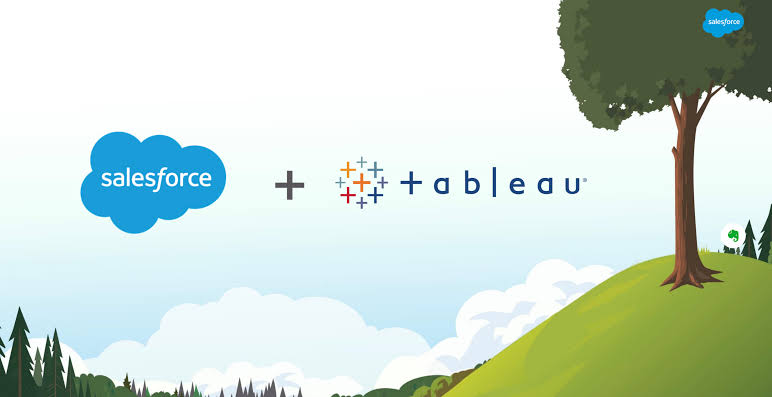
Image Source: Salesforce
Salesforce acquires the #1 Analytics platform, Tableau, for $ 15.3 billion dollars. With this addition, users will generate more value from their data and have an in-depth view. The more data you have, the better strategies and smarter decisions you make.
The company also grew its annual revenue by 29%, surpassing $17 billion for the fiscal year.
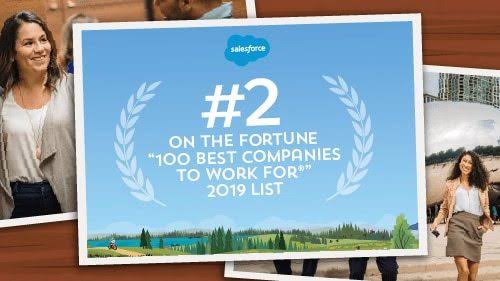
Image Source: Salesforce
Fortune also ranked Salesforce as one of its “100 Best Companies to Work For” and consistently part of the list for 12 years. The company is also one of the “Top 10 Most Admired Companies in the World” and one of the “Best Workplaces for Giving Back”.
2020: Acquisition of Slack and Launch of Cloud-based Solutions for the Pandemic

Salesforce dominates the CRM industry ranking as #1 for eight years which gives them the leading market share compared to its tech giant competitors.

When the pandemic struck the world, Salesforce launched cloud-based solutions for the healthcare sector to help out during these very challenging times. Some of the products are:
- Salesforce Care is a set of free rapid response solutions where employees, customers, and partners can stay connected during the pandemic.
- Work.com is a suite of expert advice, content, data, and new products that can help companies worldwide reopen their businesses and communities.
-
Vaccine Cloud is a cloud-based solution that helps public health departments, medical care providers, and nonprofits quickly scale vaccine operations, from registration, scheduling to inventory management and public health outreach.
Learn more about Salesforce Health Cloud.

Image Source: Slack
On December 1, Salesforce has also acquired one of the most popular work messaging apps. The acquisition was a whopping $ 27.7 billion dollars which is by far the highest purchase of Salesforce. Slack is popular in the work force because it has more integrations and offer a better bot and better usability than Microsoft Teams.
2021: Bigger Workforce Automations and Integrations

Image Source: Salesforce
In March 2021, Salesforce introduced the Sales Cloud 360, the upgraded version of its Sales Cloud. Features more flexibility in the workplace, the new cloud-based solution enables virtual selling, pipeline inspection, Einstein conversation insights, opportunity scoring, AI-powered predictions, and more!
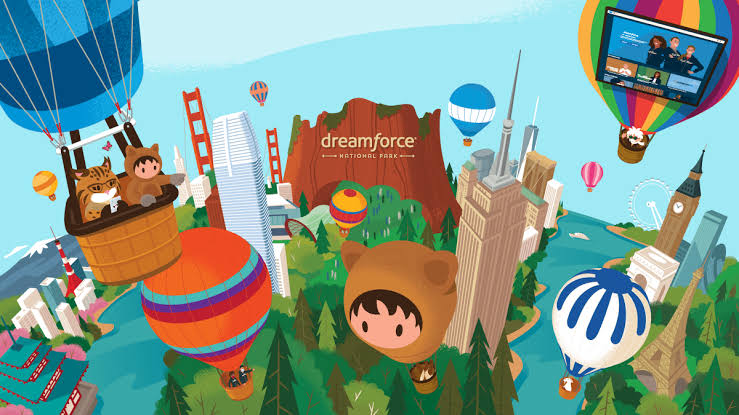
Image Source: Salesforce
Salesforce is also prepping up for its first-ever global Dreamforce coming this September 21-23, 2021. The Dreamforce event started in 2002, and it usually lasts for four days. It is the biggest gathering of the Salesforce community every year.
What’s next?
According to Marc Benioff, Salesforce’s story is just beginning. The goal is to reach $ 60 billion by 2034.



